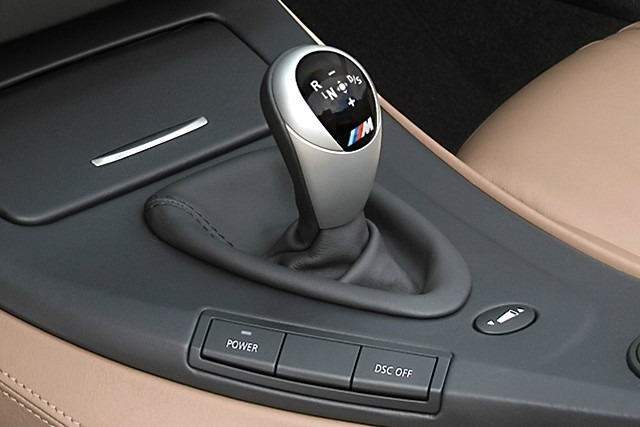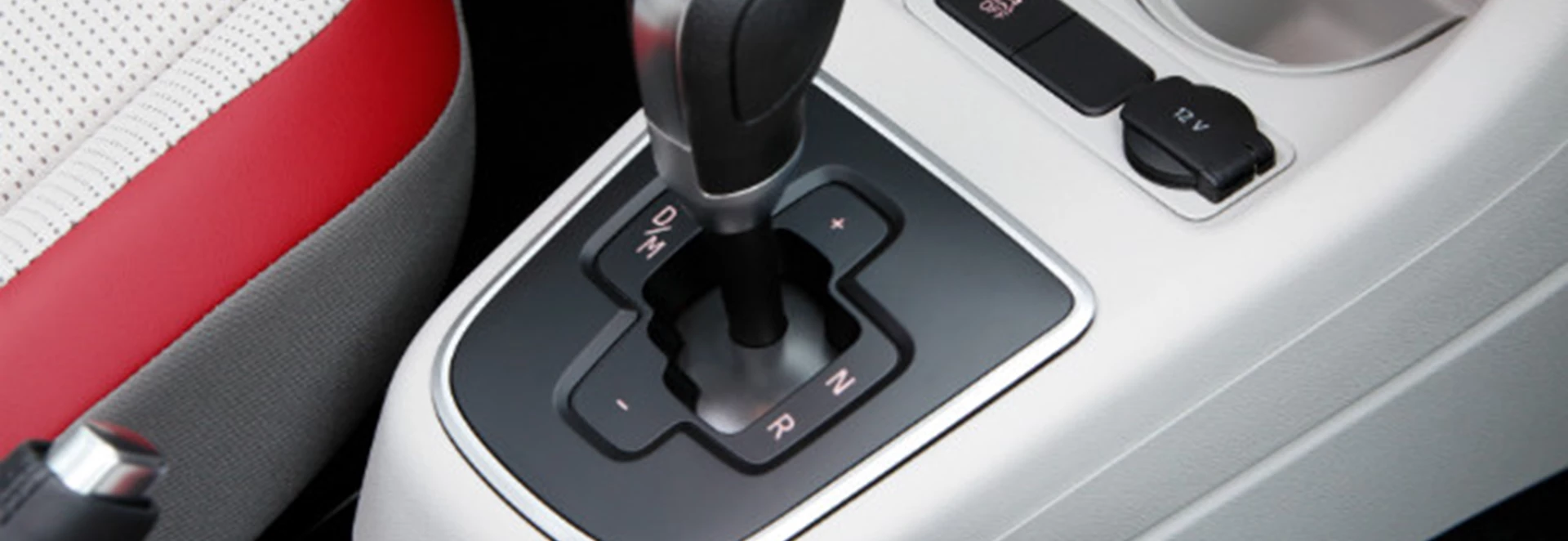If you’ve been looking at buying a new car with an automatic gearbox then you’ve likely come across different names to identify them. Depending on the exact manufacturers you look into, you can come across terms like CVT, DSG, twin-clutch and dual-clutch.
In this guide, we explain what these different terms mean and how different automatic gearboxes available today differ.
Conventional automatic gearbox
All automatic gearboxes chooses what gear a car should be in, based on the current speed at the time, without the driver’s input. There’s no conventional clutch pedal included and the gear stick is only used to choose forward (or ‘Drive’), reverse, neutral and ‘Park’.
With conventional automatics, the engine is linked to a torque convertor, allowing the engine to rotate (in other words function properly) even when the road wheels are still.
CVT gearbox
CVT stands for Continuously Variable Transmission, but these are also known as a Stepless automatic gearbox.
The main difference with a CVT gearbox compared to a conventional automatic, is that its design allows it to easily change its gear ratios. It’s easier therefore to strike a balance between performance and efficiency. In fact, cars with CVT can be just as efficient as their manual equivalents when used for city driving, although some efficiency is lost when on faster roads.
Also, while the gear changes should feel smooth, the engine revs will rise to those required for optimum power and stay there until the car’s speed ‘catches up’. This can feel a bit like a slipping clutch and make a car with a CVT sound pretty noise at times.
Dual-clutch gearbox

Dual-clutch or twin-clutch automatic gearboxes use two clutches, with one clutch assigned to odd-numbered gears and the other used for even-numbered gears.
When a car with a dual-clutch gearbox engages, say, third gear, the fourth gear will be ‘pre-selected’ by a computer. With the aid of hydraulics, the gearbox switches from clutch to another as fast as possible.
Examples of dual-clutch gearboxes found in new cars today includes BMW DCT, Mercedes-Benz Speedshift, Porsche PDK, Volkswagen Group’s DSG and PowerShift used by Ford and Volvo.
The advantage of dual-clutch gearboxes is that they should offer gear changes that are so seamless they are barely noticeable. They can be quite expensive, however. While a conventional automatic gearbox typically costs about £1,000 to add to a car, a dual-clutch can cost closer to £1,500.
Clutchless manual gearbox
How can a manual gearbox possibly work without a clutch? By letting electric motors take care of the work instead of the driver.
Drivers, however, can easily manually override the changes with an onboard lever or paddles on the steering wheel.
Some of the current examples of clutchless manual gearboxes around include Vauxhall Easytronic, Renault Quickshift, Honda iShift, Citroen SensoDrive and Suzuki’s EZ Drive.
In its favour, clutchless manual gearboxes are cheaper than a conventional automatic gearbox, costing about half the price in fact. However, the automatic changes from the electric motors can turn out to be jerkier compared to manual shifts or other automatic ‘boxes.




